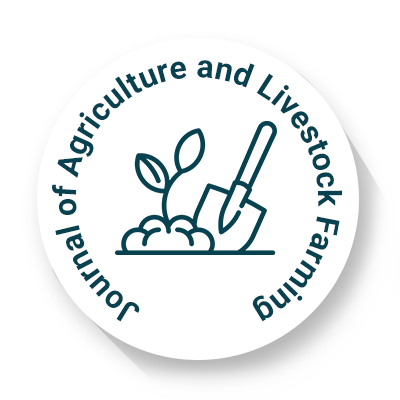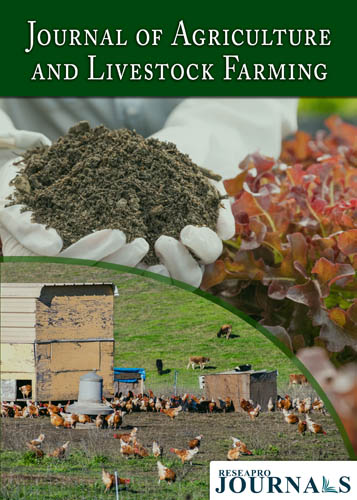
Journal of Agriculture and Livestock Farming
OPEN ACCESS

OPEN ACCESS

Barley (Hordeum vulgare L.) is an important cereal crop grown around the world for a variety of applications in the food, feed, and beverage industries. Creating high-yielding barley cultivars with good agronomic features is critical for fulfilling the increasing demands of a growing global population. This study used a line × tester mating approach to assess the combining ability and genetic potential of various barley lines for specific morphological traits. The goal of this study was to find parents with superior traits and superior F1 hybrids with high SCA that could be used for breeding. The cross was created with four barley lines and three testers (4×3). The results for different parameters were measured. The parameters include days to heading, plant height, spike length, grains per spike, 1000 grains weight, and grain yield per plant. The data that was collected showed promising differences between genotypes for all traits. General combing ability (GCA) and Specific combining ability (SCA) effects were estimated. The lines and hybrids having high GCA and SCA values for different traits were evaluated. This research showed important insights into the genetic bases of morphological traits of barley. It also showed the importance of line-tester analysis for the identification of high-breeding varieties.